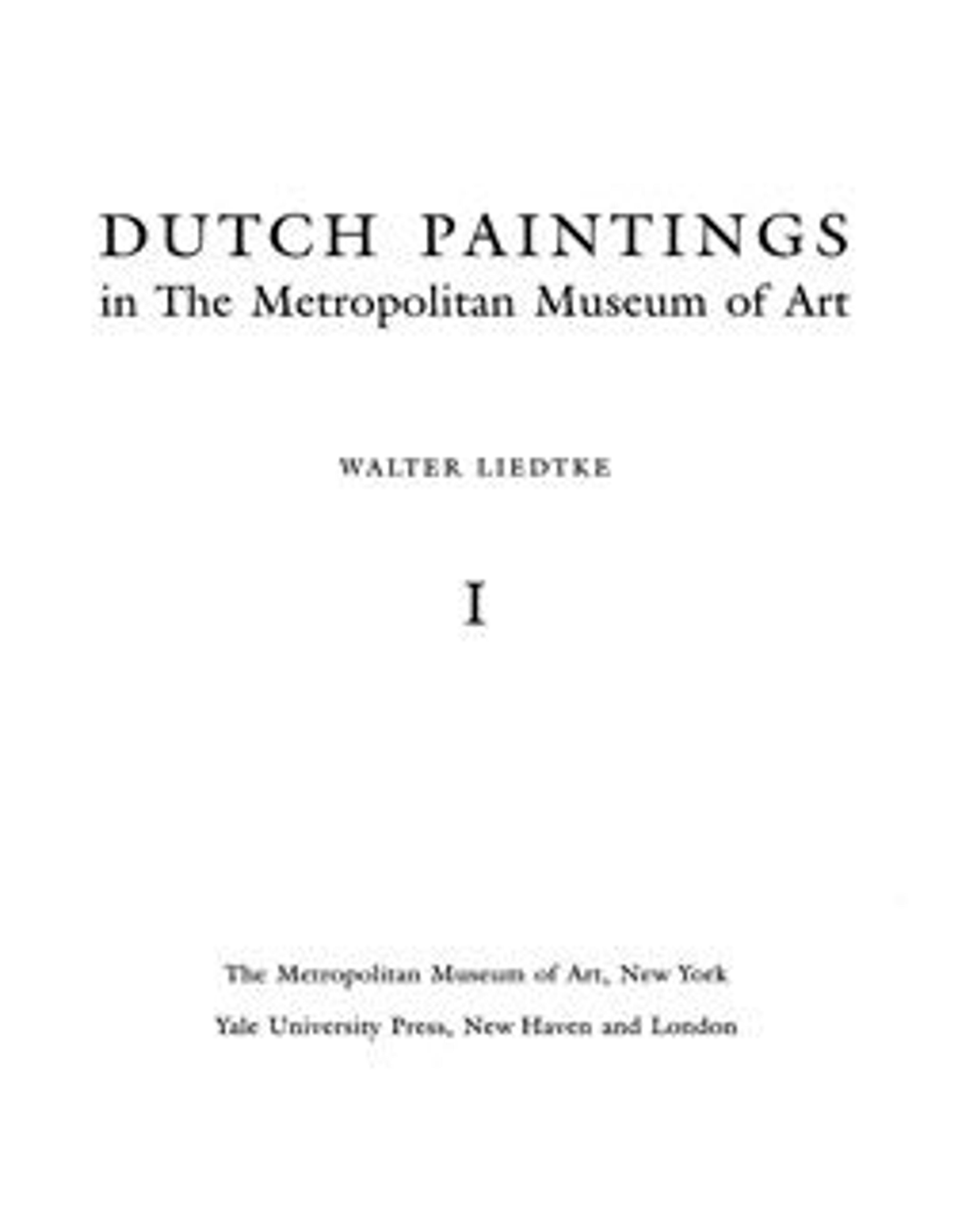A State Yacht and Other Craft in Calm Water
Van de Cappelle was one of the most celebrated marine painters of Amsterdam, where his income from property and his father’s dyeworks gave him a comfortable living; he collected hundreds of paintings and drawings by artists such as Jan van Goyen, Simon de Vlieger, and Rembrandt. The image of great and small ships at rest on calm waters spoke volumes to the Dutch at this time—of peace and prosperity after years of war, and of things far greater than themselves.
Artwork Details
- Title: A State Yacht and Other Craft in Calm Water
- Artist: Jan van de Cappelle (Dutch, Amsterdam 1626–1679 Amsterdam)
- Date: ca. 1660
- Medium: Oil on wood
- Dimensions: 27 1/2 x 36 3/8 in. (69.9 x 92.4 cm)
- Classification: Paintings
- Credit Line: Francis L. Leland Fund, 1912
- Object Number: 12.31
- Curatorial Department: European Paintings
More Artwork
Research Resources
The Met provides unparalleled resources for research and welcomes an international community of students and scholars. The Met's Open Access API is where creators and researchers can connect to the The Met collection. Open Access data and public domain images are available for unrestricted commercial and noncommercial use without permission or fee.
To request images under copyright and other restrictions, please use this Image Request form.
Feedback
We continue to research and examine historical and cultural context for objects in The Met collection. If you have comments or questions about this object record, please contact us using the form below. The Museum looks forward to receiving your comments.
